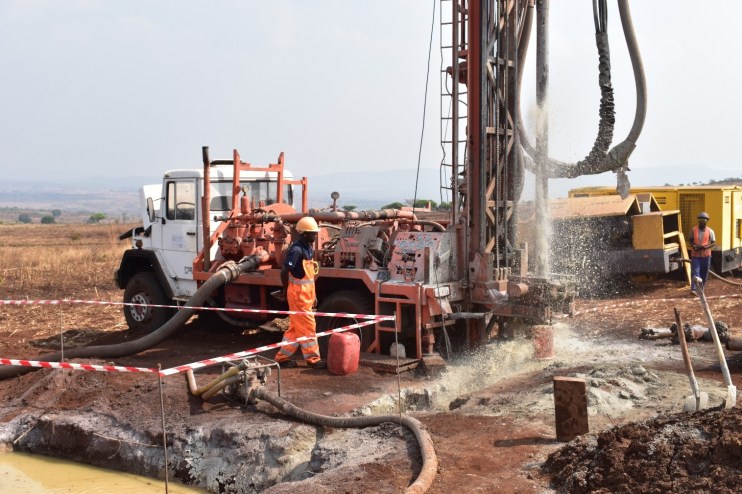We need an alliance to catch up with China on rare earths

The need for rare earth elements in modern society is obvious. They are a critical component in phones, computer screens, electric vehicle batteries and many other objects we use on a daily basis such as energy-efficient lightbulbs. Each of these products, along with a slew of others, will become ever-more important as society shifts further towards electrification.
The UK recently became the latest of a growing list of countries and international organisations to announce a plan to strengthen the resilience of its supply chain and ensure security of supply in this field – the Critical Minerals Strategy. While this is a significant step, more needs to be done to secure access to these critical minerals at their source.
This is particularly pronounced in the case of rare earths, as China absolutely dominates supply. It is either the major shareholder, the provider of capital or it holds a major offtake agreement with each of the seven largest rare earths projects globally. This stranglehold over such a critical sector needs to be addressed if Western economies wish to secure access to a meaningful supply of rare earths elements and the consumer goods which require them.
A glaring sector-wide issue rearing its head is that, outside of China, significant rare earths resources are largely in the hands of “junior” mining companies. There are a handful of exceptions, such as MP Materials, Lynas Rare Earths and Iluka Resources; but generally, smaller miners hold an outsized proportion of the projects required to feed future demand.
Why is that the case? Many large mining companies have jurisdictional concerns regarding the locations of rare earths deposits, with many located in challenging jurisdictions such as Myanmar, Thailand, Madagascar and Vietnam. In addition to geopolitical risk, these jurisdictions have operational hurdles such as lower quality of established infrastructure, looser regulatory frameworks and reduced access to skilled labour.
So the board of a large publicly listed company would be understandably wary of committing the capital and resources necessary to take on one of these projects.
This puts western economies at a distinct disadvantage. While junior miners can certainly advance these projects – and there are many successful examples – generally speaking, they don’t have the same levels of experience, capabilities and access to capital to develop these assets on an efficient timeline.
An opportunity lies there. Given current macro-economic pressures globally and with equity markets tightening alongside increasingly inaccessible credit markets, junior mining companies must evaluate all forms of financing to advance these projects. Royalty financing, along with other forms of non-traditional financing, is likely to become an increasingly important source of development capex as a result.
It’s not all gloom and doom: junior miners who can successfully navigate the current challenging environment will be on a sound footing to capitalise on the opportunity. This can be via high-value and long-term supply contracts, or from takeover bids from the larger mining companies scrambling to secure assets.
Emerging markets governments, where many of these deposits are located, are eager to support developments as they unlock tax revenues and create job growth. Governments have been known to expedite permitting and, in some cases, offer partnerships with the private sector.
Meanwhile, more advanced economies seem to be waking up to the importance of supporting the sector – with the establishment of critical mineral strategies being only one leading indicator. Governments will be better off continuing to support and incentivise these projects – otherwise they’ll find themselves perpetually playing catch-up to China.
